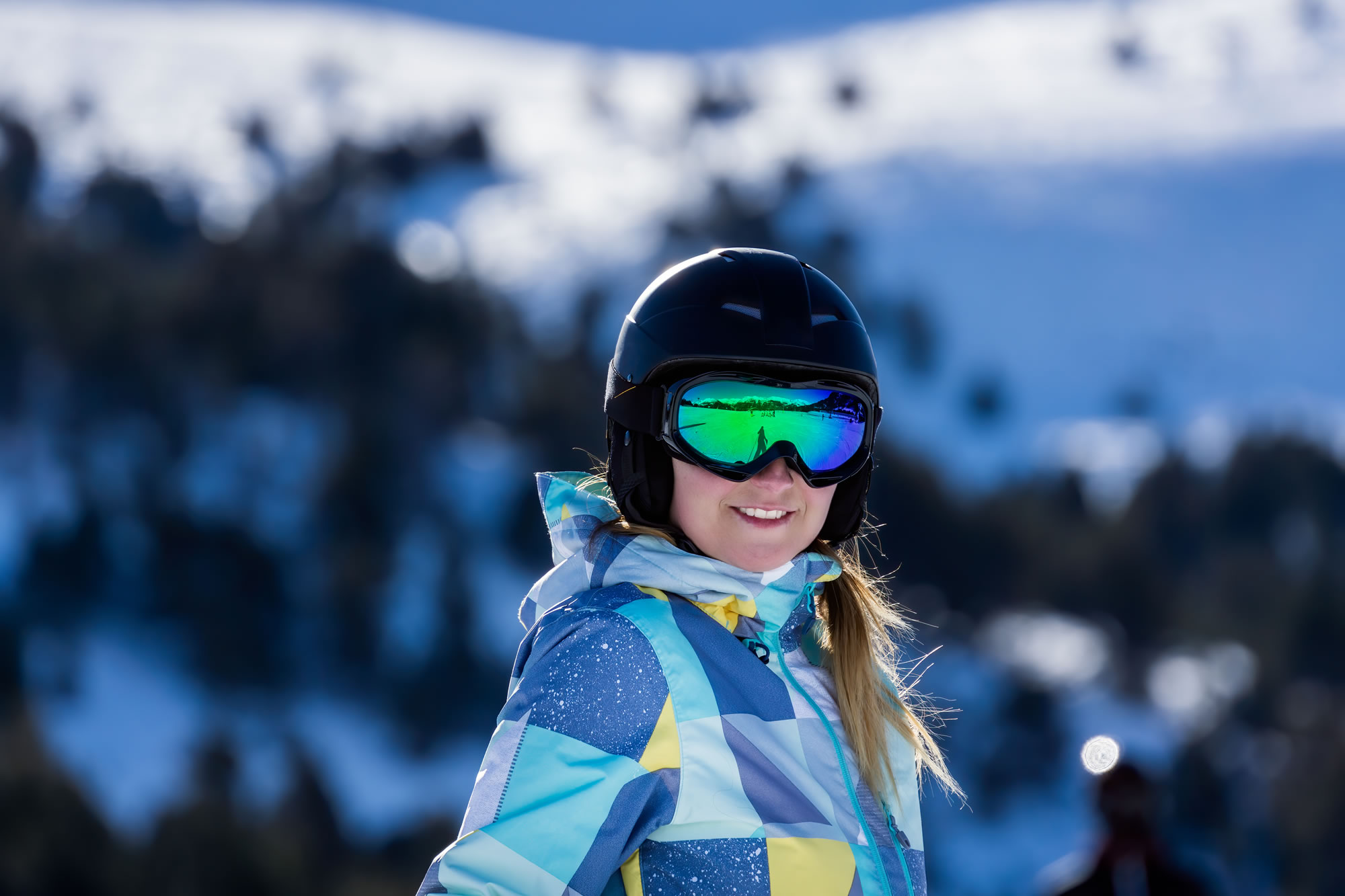Outdoor winter activities are getting more and more popular. Certainly, the legacy of the 2010 Olympics provided our region with great facilities and a heightened love for all things winter. Whether you’re into downhill or cross country skiing, snowboarding, snowshoeing, skating, or any other wintery activity, there’s much to do. But there’s also much to be aware of. A slip on the ice or a fall on the ski trail could lead to a very serious injury.
Here are some ideas to reduce the risks and make it through the rest of the season in one piece.
Know your terrain
Whether you’re skiing, snowboarding, or snowshoeing make sure to stick to trails that are well marked. And always pick a path that is suitable for your skill level and comfort. No double black diamonds if you’re fresh off the bunny hill and no trails with “grind” in the name if you’re only capable of doing flat surfaces.
Check conditions
Before you head out on your winter adventure, make sure to check the weather first. Winter weather can change quickly and what’s happening up in the mountains can be a lot different than what’s going on in the city. You don’t want to get caught unprepared in a sudden blizzard or a cold snap that quickly ices things up.
Take a lesson
If you’ve never strapped a ski or board on before, it’s a good idea to take a lesson from someone who knows. Not only can they help you learn the techniques of your chosen activity, they can even show you what to watch out for – including trail conditions, other people, and hazards along the way. Even knowing the proper way to stop or fall down can save you from a serious injury.
Equipment check
No matter your activity, always wear the proper equipment and have it tuned and maintained regularly. And of course, wear a helmet! Whether you’re skiing, snowboarding, playing hockey, or taking the kids ice skating, a helmet can help reduce the risk of a head injury should you fall on a hard, icy surface. Make sure to select one that is right for the activity you’re doing and that it fits properly. A loose fitting helmet is not much of a help and can cause other problems.
Share your experience
Don’t go alone on your winter journey. It’s much more enjoyable to go in a group but there’s also safety in numbers. Also, let others know of your plans and bring along a fully charged cellphone. If you get hurt or lost it can be a real lifesaver.
For more information
- Winter sports require caution against head injuries, The Daily Courier
- Outdoor Winter Safety: Staying Safe During Winter Activities, Hospital for Sick Children
- Safety Tips for Being Active in Wintertime, Thurston Talk







